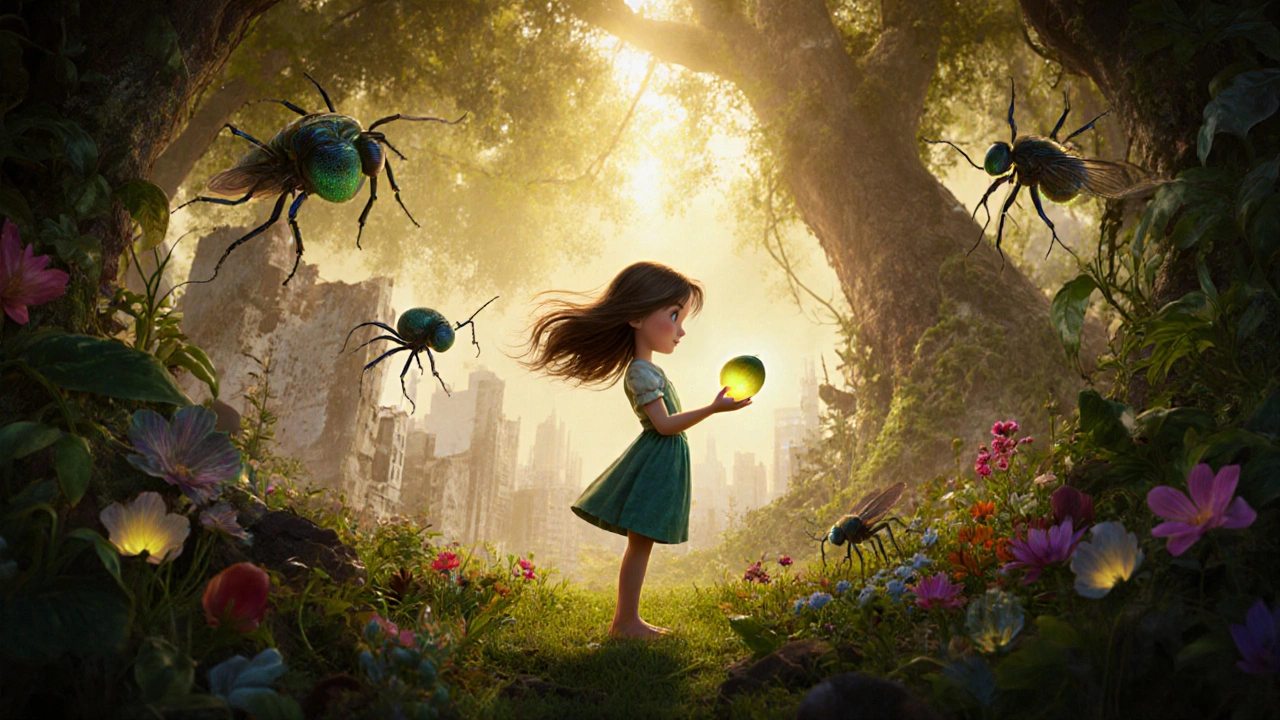Princess Mononoke: Studio Ghibli's Epic Tale of Nature and Humanity
When you think of Princess Mononoke, a 1997 Japanese animated film directed by Hayao Miyazaki that blends myth, environmentalism, and raw human emotion. Also known as Mononoke Hime, it’s not just an anime—it’s a visual poem about what happens when humans forget they’re part of the natural world. This isn’t a simple good-vs-evil story. It’s about wolves with human hearts, gods turned into monsters, and iron factories swallowing forests whole. The film doesn’t pick sides. It shows you the pain on both sides—and leaves you wondering who’s really at fault.
Studio Ghibli, the legendary Japanese animation studio known for emotionally rich, hand-drawn films that treat audiences like thinking adults made Princess Mononoke with a level of detail you won’t find in most animated features. Every scratch on a sword, every ripple in a river, every snarl from a boar god was drawn by hand. It’s the kind of film that makes you notice how little else in animation dares to be this messy, this real. And then there’s Hayao Miyazaki, the visionary director whose stories reject easy answers and instead ask us to sit with discomfort, ambiguity, and wonder. He didn’t make Princess Mononoke to sell toys. He made it because he was scared—scared of what we’re doing to the earth, scared of what we’re becoming.
People talk about the forest spirits, the iron town, the cursed prince. But what sticks with you? The silence between screams. The way light hits a moss-covered stone after a battle. The fact that no one wins, but maybe, just maybe, someone learns. This film doesn’t tell you how to fix the world. It just shows you what’s broken—and asks if you’re willing to look.
Below, you’ll find posts that dig into the same soil Princess Mononoke grew from: films that challenge what animation can do, stories that treat nature as a character, and creators who refuse to dumb things down. Whether it’s the quiet power of Agnès Varda’s documentaries or the way Ridley Scott builds worlds you can almost touch, these are the kinds of films that stay with you—not because they’re pretty, but because they’re true.
Hayao Miyazaki's films blend environmental myth and the liberating power of flight to explore humanity's relationship with nature. Through hand-drawn worlds, he shows that healing isn't about winning-it's about seeing.
View More

